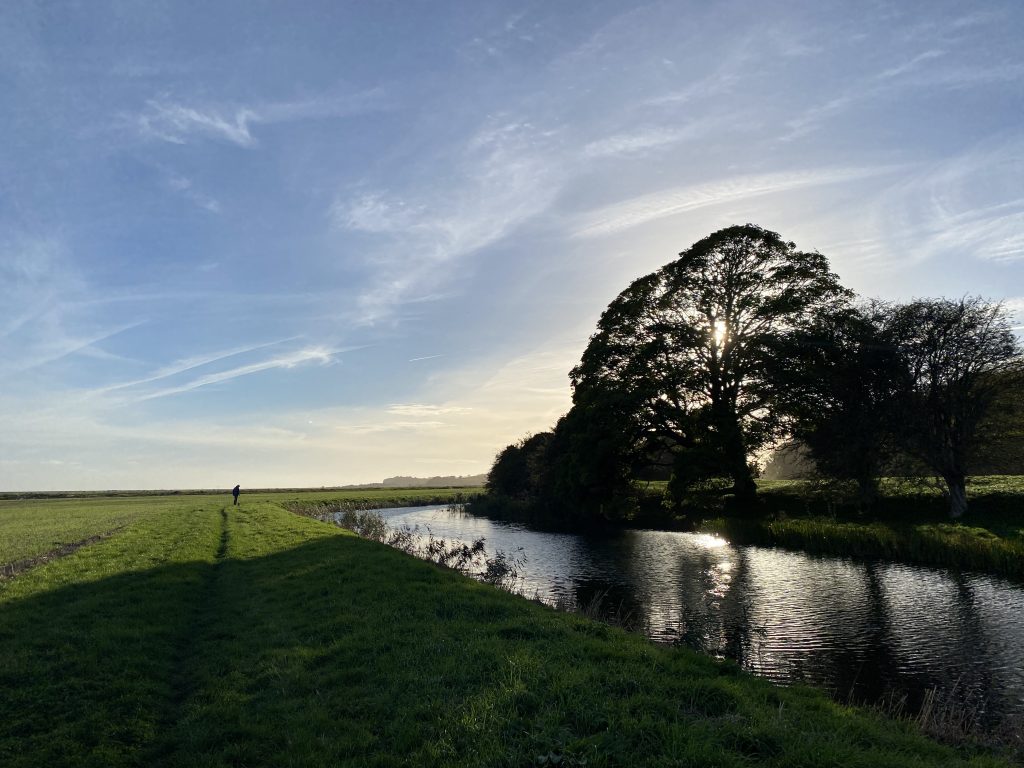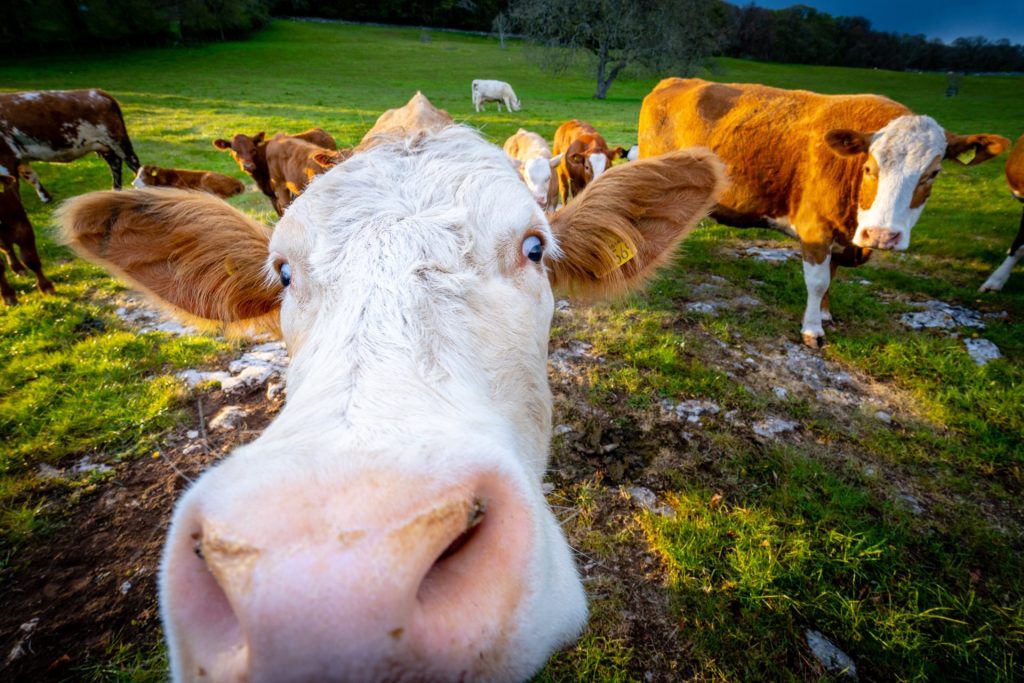Whether you’re traipsing a well-documented path or you’re the first reviewer on a Slow Ways route, there are always things you should keep in mind to be safe when out walking
The routes of the Slow Ways network were designed by volunteers, and, especially if you are one of the first reviewers, making sure a route is safe is not just important for you, but for everyone who follows it in your stead. Reviewers are looking for routes which are safe, accessible, and direct.
Safety concerns for walkers will differ depending on the environments you walk through. Below, we’ve outlined a few things to be aware of when walking in towns and cities, when walking through open country, and when walking on country roads.
Know the route before you set out
Research the route before walking
Distance: Be aware of the distance of a route, especially in regards to your fitness level, gear, experience and your companions on the walk. Consider starting with a shorter route — this will give you insight into what you might need to take with you on a more substantial walk, and what is best left behind.
Terrain: Satellite views (Bing Maps is particularly good for this) will give you an idea of what footwear to bring — make sure to look at topography as well.

Environment: Google Street View remains an amazing companion for checking the quality of roads that appear on your route. Are you and your companions up to the challenge of a walk along a pavement-less country road?
Amenities: Usually listed, but if you’re one of the first reviewers this may be up to you to find out. Are there toilets on the route or places to purchase refreshments? Are there public transport stops, and if so how often do services run?
Emergency plan: Be aware of escape routes to nearby roads. Tell someone your plans and carry with you details of an emergency contact. What3Words is an app which may be useful for sending someone your location (such as the emergency services).
Know your limits when walking
Fitness level: If this is your first big walk in some time, you may be surprised how tired you can get. Start short, get longer. This also applies to how you feel when out on your walk. Sometimes, it’s good to listen to a gut feeling.
Kit: What are you wearing? Do have the right shoes and outdoor wear for the weather and terrain? Have a read of this guide to choosing hiking clothes. What are you carrying? You might want to consider packing the following items: food, water, battery pack, printed map, locator beacon.
Companions: Who are you walking with? Have you considered their abilities and needs? For example, if you’re walking with a group of children or animals, you may need to consider their needs, abilities and propensity for long walks as well as your own.
Safety when walking in towns and cities
Be aware of your surroundings
Slow Ways can lead you through all sorts of different places. Make sure you’re aware of your changing surroundings and if you feel unsafe do not hesitate to turn back.
Safety when walking in the countryside
Roads
Drivers often speed through country roads. Walk in the direction of oncoming traffic, which in the UK means walking on the right-hand side. If there is a grassy verge, walking on that may be preferable to the road. If the route contains a lot of roads with fast oncoming traffic, tight hedges and blind bends, it may not be safe for people.
Get to know the countryside code.

Fields
Just as with a road, stop, look and listen before entering a field. Observe how bulls, or cows with calves, are behaving. Avoid walking between a grown animal and its young.
If you have a dog with you, keep it on a short leash around cattle and sheep. If the animals become aggressive, be prepared to release your dog so that you can both reach safety separately. Most importantly, don’t panic or run.
Overgrown paths
You might like to carry a pair of secateurs with you on a walk, in case you come across brambles that block your path.
Considerations when reviewing a Slow Ways walk
- Was the route easy to follow?
- Did you feel comfortable?
- Would you recommend the route to others?
- Would a large group eg. a family be able to follow the same path?
- Is the route drawn accurately?
Your safety is more important than completing a Slow Way. We hope you have a safe and enjoyable walk, but if you do come across any of
these dangers please mention them in your review. If need be you can flag the route as unsafe, inaccessible, or inaccurate. This will help out the next person!
Are you looking for a new walking challenge? Sign up to walk and review Slow Ways. You can also find and follow us on Instagram, Twitter and Facebook.